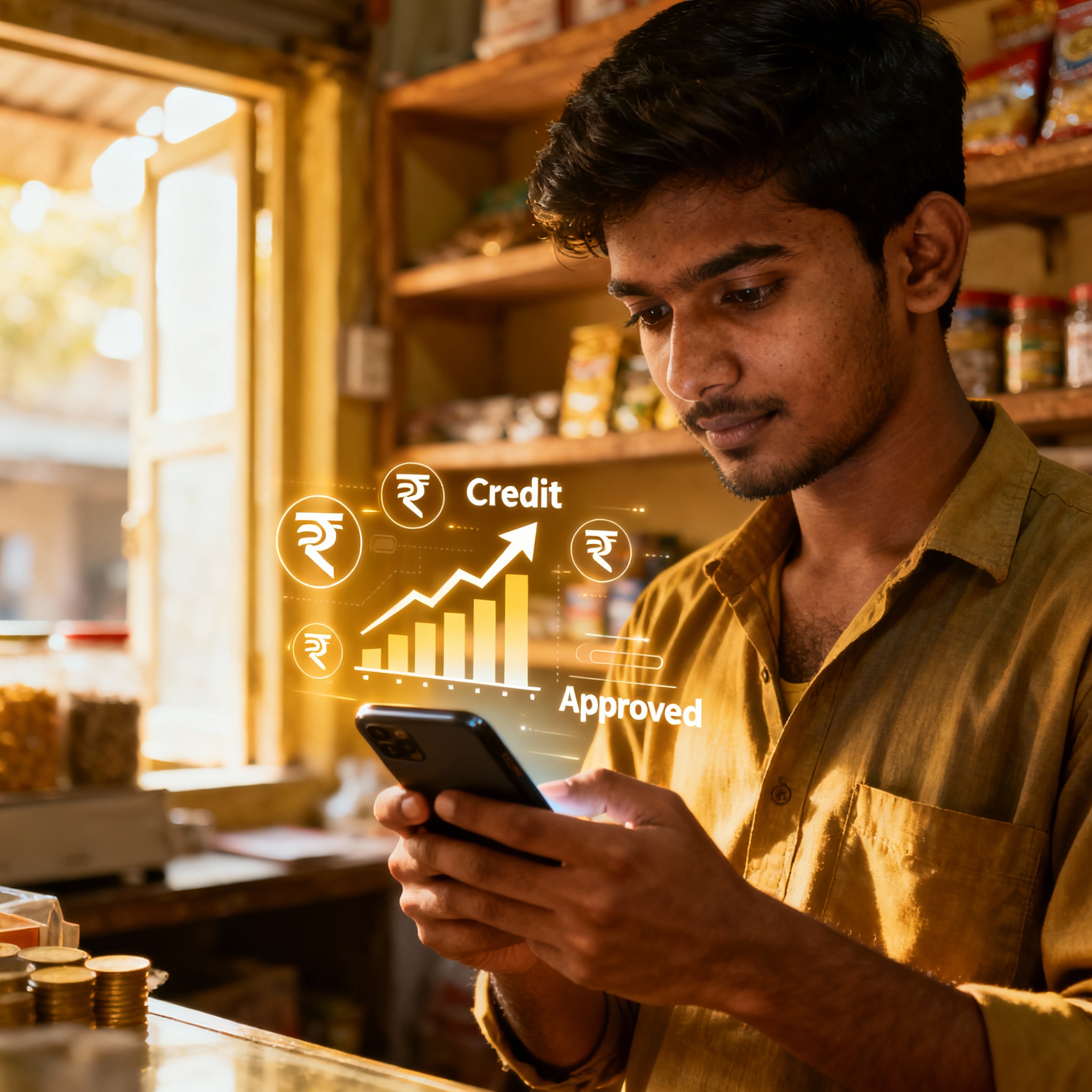How Tech Is Redefining Indian Retail Finance

Q1. Could you start by giving us a brief overview of your professional background, particularly focusing on your expertise in the industry?
I’m a marketer and brand builder with over 10 years of experience across BFSI, QSR, and retail — currently leading marketing at Shriram Finance.
My work has spanned global brands like TATA, Starbucks, and retail banks such as Kotak Mahindra and IndusInd, where I combined global brand discipline with local cultural intelligence.
At Shriram, I focus on brand building, GTM for lending products across Gold, SME, Business Loans, PL, and regional/digital programs that scale from metros to Bharat. My sweet spot is turning insight-driven creative into measurable growth — whether it’s loyalty, distribution-led activation, or hyper-local digital campaigns.
Q2. What emerging technologies, data capabilities, or ecosystem partnerships will accelerate the retail finance growth in India?
Three accelerators stand out:
- AI/ML and real-time credit-scoring, which enable underwriting for thin-file customers
- API-driven ecosystems — open banking, merchant platforms, and payment rails (UPI/PGs) that make acquisition and disbursal frictionless
- Lightweight orchestration layers that stitch telemetry from merchants, telco signals, and alternate data into decisioning and personalised journeys
On partnerships: fintechs, local merchant networks (kirana & distributors), payroll platforms and NBFC-friendly marketplaces shorten go-to-market cycles and deliver instant distribution without heavy capex.
Q3. Which customer segments—by geography, demographics, or income—are showing the highest growth potential through hyper-personalized marketing and AI-driven engagement?
Highest potential lives in the “aspirational Bharat” cohorts — small business owners (grocery, auto-parts, kirana), micro-SMEs, and newer salaried segments in tier-2/3 towns. These customers have rising credit needs, digital adoption via smartphones, and respond strongly to contextual offers (inventory-based loans, working-capital bundles, affordable EMIs).
Demographically, younger business owners (in their late 20s–40s) and first-time formal borrowers exhibit an outsized response to hyper-personalized messaging, driven by transaction data and local-language creatives.
Q4. In your point of view, how are companies differentiating their digital marketing and customer engagement strategies to capture market share in retail finance?
Differentiation comes from three fronts:
Localization at scale — regionally tailored creatives, vernacular content, and channel mixes that reflect buying rituals
Journey orchestration — using AI to predict drop-off and trigger the right nudge (messaging, call, field agent) at the right time
Product-led marketing — bundling insurance, servicing, or loyalty with loans so marketing communicates clear, immediate utility rather than only rates.
Winners also embed field sales and digital touchpoints (omnichannel) so a click can quickly become a sanctioned disbursal.
Q5. What are the key regulatory, technological, and infrastructural risks limiting digital marketing scalability in diverse Indian markets, and what strategies have proven effective in mitigating these risks?
Key risks:
- Regulatory constraints on marketing claims, data usage, and cross-selling
- Data quality & privacy — limited or noisy alternate-data sets
- Infrastructure gaps (poor connectivity, fragmented KYC) that break digital journeys. Mitigations that work: strong legal/compliance-in-the-loop for campaign sign-off; building hybrid journeys (digital-first but with reliable field fallback)
- Investing in consent-driven data collection and deterministic signals (bank auth, device signals)
- Modular tech stacks that let you swap risk models or channels without a major rebuild
Comments
No comments yet. Be the first to comment!
